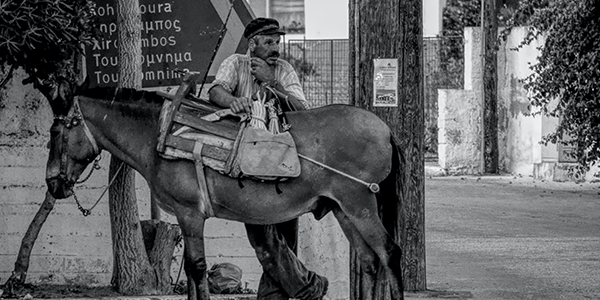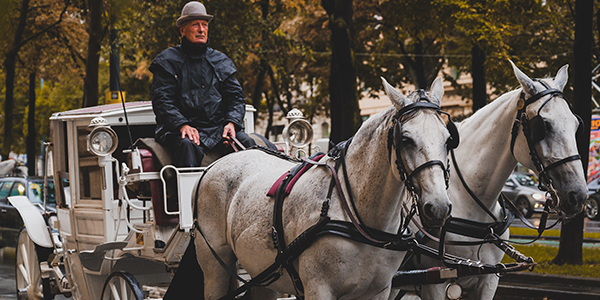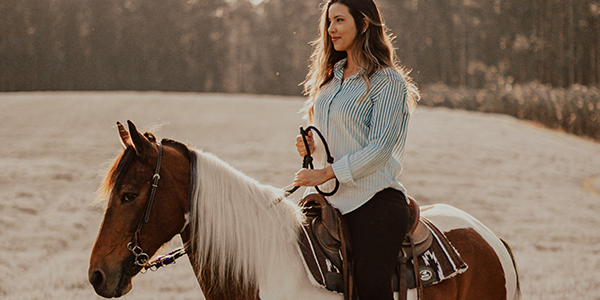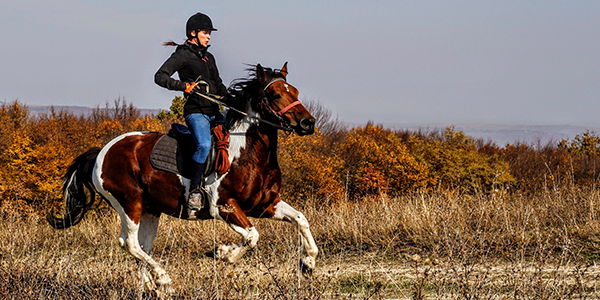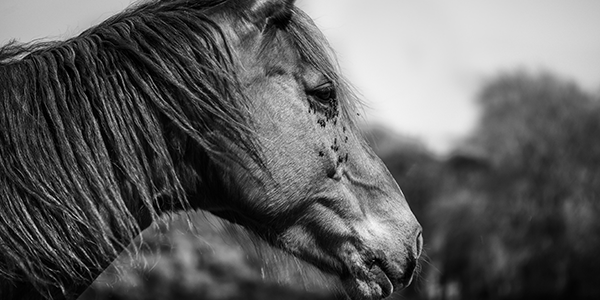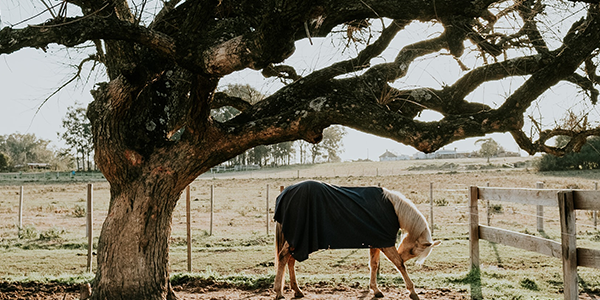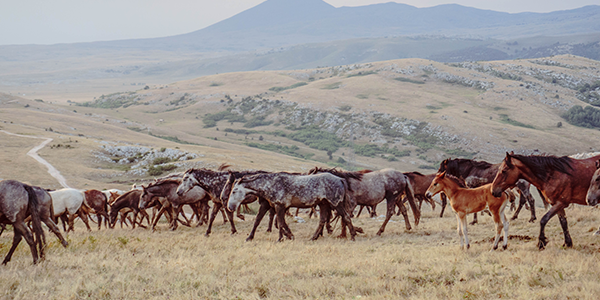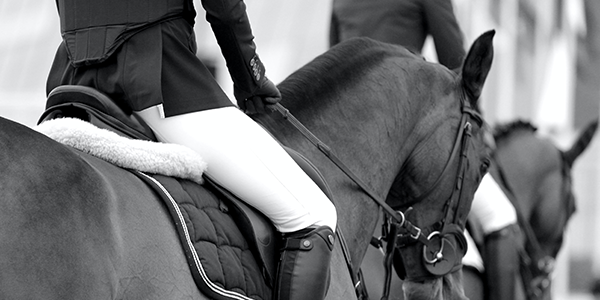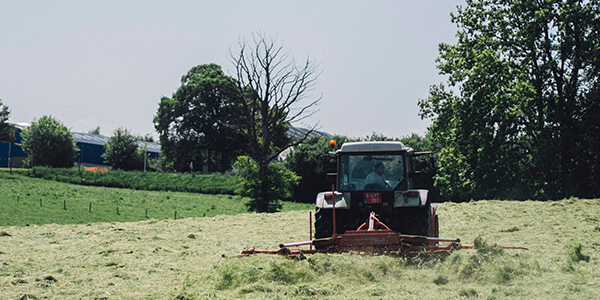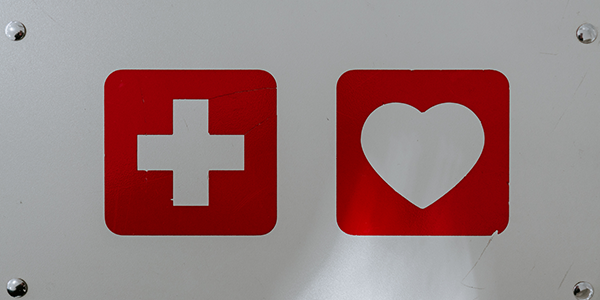Horses have been galloping through the fields on planet Earth for a long time. Humans and horses have lived in symbiosis for hundreds of years. With such an old history, it is not surprising that we’ve developed some horse superstitions along the say. Here are a few of the most commonly known horse superstitions. Before you continue, are you looking for a horse property for sale in Colorado? Colorado Horse Property is the #1 horse property listing site in the state. We also have a full staff of horse-person realtors that can help you find the horse property of your dreams.
Horse Superstitions That Still Exist Today
The word superstitions conjures up negative tropes, but don’t forget that superstitions also include good luck charms. For instance, a common good luck charm in Ireland is the horseshoe. This is because most horseshoes were made of iron. In ancient times, the Celts of northern Europe believed in the magic of iron, which had the power to keep away bad spirits and negative energy. This is probably why there is so much art made from horseshoes today. Check out the Colorado Horse Property Pinterest for horseshoe art.
A common horse superstition in England is the horse brass. A horse brass is a decorative medallion, often seen on working draft horses. These are used to ward away evil spirits from valuable horses. They have existed in some form or another for more than two millennia. The modern horse brass that we see decorating heavy horses first showed up in the West Country of England in the early nineteenth century. Similarly, ancient Egypt and other middle eastern countries have a history of using brass bells on horses for the same reason.
